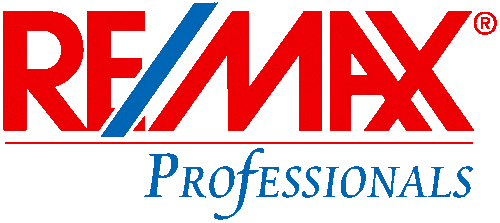Staging a house before selling can be tiring, but it can help you sell properties much faster. The effort you’ll put into this process will help you become a successful real estate agent who consistently gets the asking price and impresses potential buyers with every property.
Great staging should show off the home’s best assets, making it appealing for a wide range of prospective buyers. Creating a visually pleasing space where every single buyer can imagine their future should be your goal. Here are five ideas that will make a big difference.
1. Depersonalize it:
Potential buyers need to enter a house that will boost their creativity and one they can imagine as their own. The property shouldn’t feature personal items, and your job is to depersonalize it. Once the buyers come inside, they will have a vision about how they want to decorate the space and create new memories there. Items from the owners can be too overwhelming and sway them away from the idea. If there are any objections from the owners, you have to explain why this is a smart move.
Removing all personal items is a professional tip that you have to do right from the start. This includes personal hygiene products, framed photos, decorations, toys, travel souvenirs and even clothes, if possible. Try to put away religious items if the client agrees.
2. Work on the windows:
Guests should be impressed with the house you’re selling right away, and one of the factors that most real estate professionals forget about is the windows. Everyone knows that floors and walls should be clean, but did you remember the windows? They should be squeaky clean and sparkling because it’s one of the first things clients will notice when they arrive at the property.
Next, don’t forget about quality window treatments. Everyone wants a room filled with light during the day and privacy at night. Also, a bright room will appear more spacious. Keep in mind that window treatments for condominiums will be different than for houses and townhouses, and often can make or break the deal. Many condos have lots of windows, often floor to ceiling. A great investment is blackout window coverings. This can be a great selling feature as it provides privacy and adds a beautiful esthetic.
Another smart idea is to make the ceilings appear taller with curtains and drapes that start from the ceiling and reach the floor.
3. Remove the clutter and clean the gutter:
Decluttering should be your next step. When a prospective buyer sees a home that is too cluttered, they simply can’t imagine living in a space like that. They also won’t be able to paint a picture of a potential home because they will be overwhelmed with everything that’s going on around them. Clutter makes the entire space appear smaller, and that’s the last thing you want. Advise the owners to remove all the items they don’t need and to store them in boxes.
Taking care of the gutter means preventing roof, foundation, wood damage, pest infestation, basement flooding and interior damage. Gutter cleaning and ensuring that the gutter system works properly will also enhance the appearance of the home. Who knows, maybe this will lead the clients having a “love at first sight” moment. Remember, the outer appearance is just as important as the inside of the property you’re selling.
4. Opt for neutral:
Not everyone is a fan of bold, striking colours. That’s why it’s recommended that the space you’re selling features neutral tones. This is the most appealing palette for potential buyers because it makes the rooms appear larger, gives a fresh look and helps the space look sophisticated.
Neutral shouldn’t mean boring. Although the home shouldn’t be personalized and feature bold colours, it should still have cool accessories that make it stand out. You and the owners can implement bold hues via flowers, vases, pillows, throw blankets, towels and other decorations.
5. Furniture placement:
The way furniture is placed in the rooms is quite important. Each room should have a purpose. The space shouldn’t be too cramped with furniture, and it shouldn’t be too empty. Remove all pieces that are too big and limit the moving space around the home.
If the furniture in the house won’t do the job, rent some furniture. Talk with the owners and let them know why you are recommending this. Educating the owners on what’s best and what will sell their house faster should be your priority.
Once you’re on the same page, you can declutter the home, work on the windows and window treatments, implement neutral colours as the basic palette, choose the best furniture placement and depersonalize the space. These five tips might sound simple, but you’ll soon see how beneficial they are.














